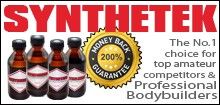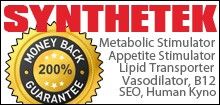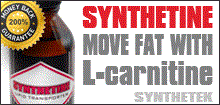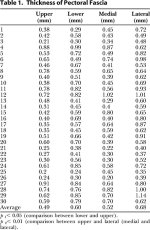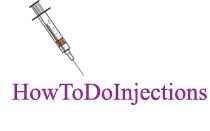...So saying I trust him and he knows his business when buying this product and I have CJC 1295, is it better to stick with small doses (50-100mcg) of CJC 1295 2-3 x day or it is better to do with larger doses (250mcg) and go twice a week?
Why dose CJC-1295 3x a day?
Pulsation is paramount for growth because it is the pulses that act as communication signals to the Growth Hormone receptors in tissue. Naturally our hypothalamus releases a concentrated amount of GHRH during a period when somatostatin is not very active. This concentration of GHRH acts to communicate to somatotroph cells in the anterior pituitary to coordinate amongst themselves a network (see
post #487) which will act together in concert to "squirt" out GH in the blood stream.
This concentrated GH makes its way to receptors in tissue and they (many many GH ligands) bind in mass to growth hormone receptors. An analogy would be if one Alien landed on Earth a few people would notice and run away screaming. BUT if a whole bunch of aliens landed in mass on the Earth the entire population would hear about, panic, run and scream.

What happens if Aliens dribble in from the sky here and there over time in an unconcentrated & uncoordinated fashion?
Some towns might be in an uproar but by and large the invasion effect would be diluted and although many would hear rumors about these things it probably wouldn't motivate them to action.
CJC-1295 enters the bloodstream and binds to albumin in plasma. When you inject it, it is concentrated and acts on the somatotrophs similar to natural GHRH release. BUT that is the ONLY time CJC-1295 amplifies a pulse. If you take it twice a week only because the half-life is long you rarely will amplify a pulse.
Instead CJC-1295 circulates and when the somatrophs are ready to act again some of the CJC-1295 binds to the somatrophs and they secrete growth hormone. However the measured result of CJC-1295 is that although it increases the total amount of GH, it does so only by raising base levels. It doesn't amplify a pulse.
However it doesn't interfere with pulsation. This means that the hypothalamus continues to release GHRH in response to neurological events that communicate concentrated release in a coordinated fashion with somatostatin withdrawal. It is the body's natural biorhythm that maintains natural pulsation.
CJC-1295 just makes the somatotrophs "leak" GH between the natural "squirts" therefore causing a rise in base levels (or troughs (i.e. between the waves/pulses)) ONLY.
Now GHRP-6 (or GHRP-2 or Hexarelin or Ipamorelin or the oral GHS such as MK-0677 & Ipamrelin derivatives) ALWAYS (almost without fail) initiates an amplified GH pulse. These GHRPs cause those natural events that inhibit somatostatin, that promote GHRH release and initiate their own amplifying effects directly on the somatrophs (probably even increasing coordination among somatroph populations) to occur within 5 minutes of injection.
The result of a GHRP-6 (i.e. all the GHS) injection is an amplified GH pulse.
So if there is added GHRH around GHRP-6 (all GHS) will synergistically create a much greater wave of GH release. It doesn't matter whether GHRH is in the form of Sermorelin (unmodified GRF(1-29) or modified GRF(1-29) or CJC-1295 (modified GRF(1-29) + the complex that permits binding to albumin))... GHRP-6 (all GHS) will synergize with it.
So IF you have CJC-1295 and you will use it with GHRP-6 (or any GHS) you don't need to coordinate CJC-1295 injections with GHRP-6 (GHS) because some GHRH will be floating around.
However if you use the shorter acting versions of GHRH then you do need to coordinate injection with GHRP-6 (GHS).
Although we don't need to, is there any benefit to coordinating an injection of CJC-1295 w/ GHRP-6?
Yes.
For the simple reason that injecting CJC-1295 creates a concentrated amount of GHRH that is available at the somatroph network in the pituitary AT THE SAME TIME as GHRP-6 (GHS) and in SUFFICIENT AMOUNT/CONCENTRATED FORM such that there is a greater contribution to that single GHRP-6 initiated pulse.
How much of an extra contribution?
I don't know. I do know that there is a likely contribution simply from the GH release profile of CJC-1295 as exhibited in the studies. A guesstimate without any real data would be 10% contribution...

